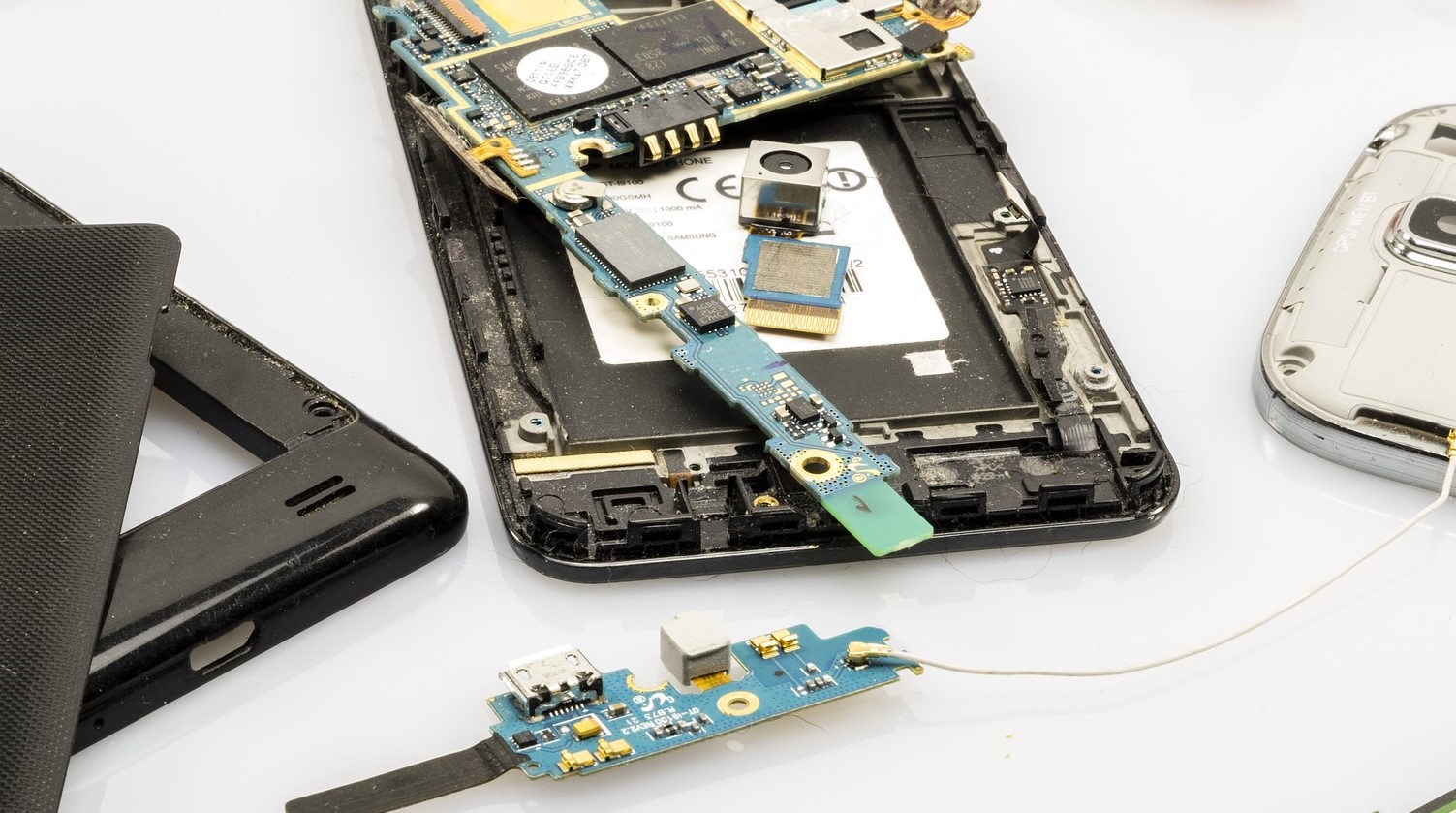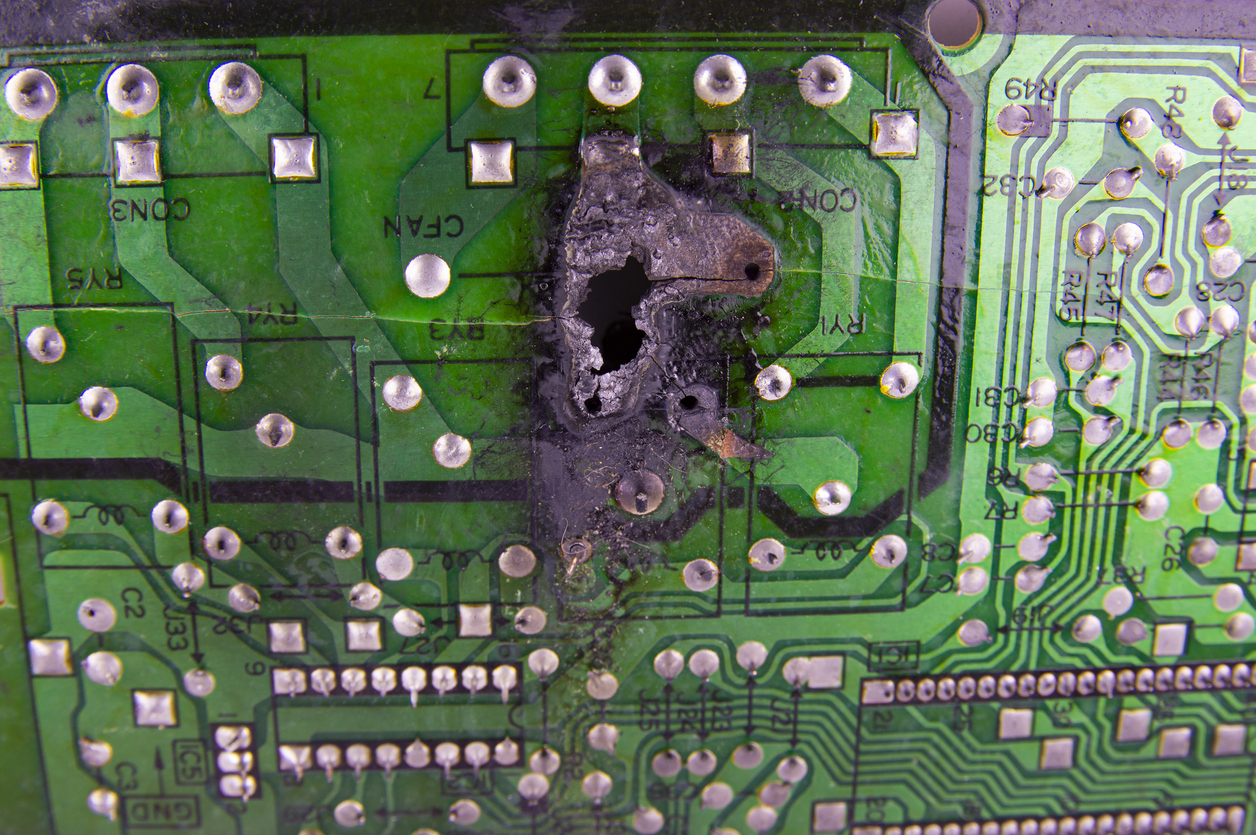Aerospace Electronics PCB Assembly & Design Guide
You’ve heard about the many great feats and discoveries in the aerospace industry. You’ve also heard about the tragedies that have happened when a...
2 min read
 Matric Group
:
Dec 27, 2018
Matric Group
:
Dec 27, 2018

The decision on which electronics manufacturing supplier to choose can be a difficult one. The outcome of the quoting process often decides who will build your assemblies. That’s why inaccurate quotes are a back-breaker for both OEMs (original equipment manufacturers) and ECMs (electronics contract manufacturers).
For example, let’s say you received a quote from a supplier that was higher than your desired threshold. Other than that, this OEM checks all the boxes of an ideal supplier. However, you simply cannot accept a quote in that range. Little did you know; the quote was inaccurate, and the price was more in line with your targeted range.
Sure, this could be the fault of the ECM’s quoting process, and that would be on them. But if the OEM did not provide all the necessary printed circuit board (PCB) documentation up front, a missing file could have the same effect.
That’s why it’s imperative to supply your ECM will all the requested documentation as early in the quotation process as possible. This allows for the most complete and accurate quote possible.
So, what are the files the OEM needs? Let’s take a look.
The bill of material should include:
Revisions
Manufacturer
Manufacturer Part Numbers
Quantities
Reference
The bill of material, or BOM, is arguably the most important document you’ll provide. The BOM provides a manufacturer critical information like approved vendors, raw materials, and components used in the assembly.
The ideal format for a BOM is a Microsoft Excel spreadsheet or text file. If you are unsure of what to include in your BOM, the supplier should be able to provide you a checklist of what it needs.
Fabrication drawings should contain information like:
Board dimensions
Thickness
Layer number
Part number
The most recent revision to the design
If the project requires non-recurring engineering, provide the pricing of the engineering with as much detail as possible.
Gerber files are the industry-standard format used to describe printed circuit boards. These are used to create the stencils and for placement of the components. There should be a Gerber file for each image layer:
Copper layers
Silk screen
Solder mask
Are you using any custom component suppliers? Make sure your contract manufacturer knows up front.
This could include:
The PCB itself
Transformers
Metal work
Are you looking for any of these services as part of your package? Clarify this with your electronics manufacturer:
Programming information (if applicable)
Test requirements (if applicable)
Pick and place files (if available)
A product sample (if available)
Does your project need anything out of the ordinary? Are there special processes required because of its sensitive, complex, or dangerous nature?
This could include:
Conformal coating
Functional test
Yep; there’s a lot to electronics quoting. Make sure to supply these bits of information to your partner. Some of them may sound dumb, but you’d be surprised how often they’re omitted!
Quotation quantity
EAU
Standard delivery/quick-turn delivery
Full company name and address
Contact Name
Technical contact
ITAR\EAR assembly
Lot tracking
Other customer/special requirements
Good luck!

You’ve heard about the many great feats and discoveries in the aerospace industry. You’ve also heard about the tragedies that have happened when a...

There are many areas in life where accepting mistakes as inevitable is a good thing -- electronics manufacturing is not one of them. The end goal...

Printed circuit boards (PCBs) are the foundation of almost every electronic product. When one fails, the results can include product recalls, costly...